In China, the rules of the digital game just changed. Starting this month, social media giants like WeChat, Douyin, Weibo, and Rednote are officially required to label any AI-generated content—or face the consequences.
The Cyberspace Administration of China (CAC) is rolling out some of the strictest policies yet, forcing platforms to make it crystal clear whether you’re looking at human-made material or the work of an algorithm.
The rules don’t stop at just watermarking or tagging posts. Platforms now have to embed metadata into AI-generated content so it can be flagged both by humans and machines. And if someone tries to sneak by without marking their synthetic content?
Platforms not only have the right but the obligation to delete it. This puts China at the forefront of global regulation while much of the rest of the world is still debating what “responsible AI” really means.
Interestingly, this comes at a time when even experts are admitting that spotting AI fakery is harder than it sounds.
A recent study by Microsoft’s AI for Good lab found that people could only correctly identify AI-generated images about 62% of the time—basically a coin toss—while automated detection systems scored well over 90%.
It’s not just China trying to wrestle control of the AI wildfire. The Internet Engineering Task Force (IETF) recently proposed a new “AI Content Disclosure Header” that would act like a digital label attached to web content, letting machines—and eventually regulators—know whether AI played a role in its creation. This move signals a push toward global consistency, though adoption is still voluntary.
For social media platforms, this is a double-edged sword. On one hand, these measures could help fight disinformation, deepfakes, and manipulated narratives—issues that have plagued online spaces for years.
On the other, it raises questions about how far regulators should go in deciding what stays and what gets pulled down. Critics worry about overreach, especially given China’s tight control over online speech.
The bigger picture? This isn’t just about China. As generative AI explodes across industries, governments everywhere are feeling the pressure to draw lines in the sand.
The EU is finalizing its AI Act, the U.S. has ongoing debates in Congress, and tech giants like Google and OpenAI are racing to implement voluntary watermarking standards before they’re forced to do so.
My take: whether you agree with China’s heavy-handed approach or not, it’s clear we’ve reached the point where AI content can no longer exist in the shadows.
If people can’t tell real from fake, and regulators aren’t setting the ground rules, then the digital space becomes a free-for-all. Maybe the lesson here is that transparency isn’t just a nice-to-have—it’s becoming the cost of entry for AI going forward.

